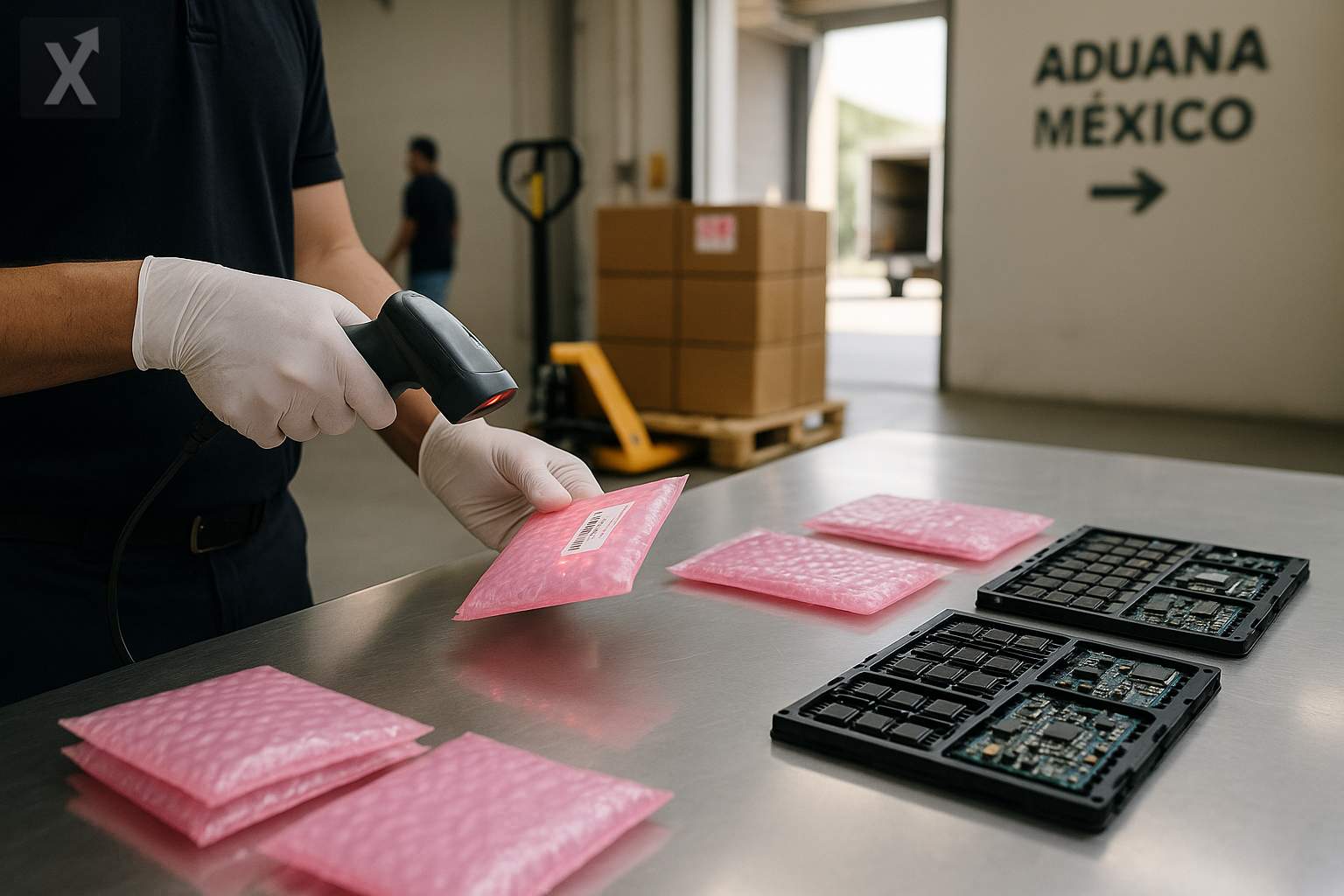ECLAC Calls on Mexico and the Region to Diversify Trade and Integrate Supply Chains Amid a More Uncertain Global Outlook

The Economic Commission for Latin America and the Caribbean (ECLAC) has reiterated its call for countries in the region—including Mexico—to diversify their markets and foster greater regional economic integration to mitigate exposure to protectionist episodes and regulatory changes in global trade. The recommendation comes in a context of geopolitical tensions, intermittent tariff measures by major economies, and a reshuffling of supply chains that presents opportunities but also requires rapid and coordinated public policy responses.
In Mexico’s case, the heavy concentration of exports to the United States—approximately 80% of external sales—remains both an asset and a risk. The USMCA has provided certainty and a more robust framework for labor and environmental compliance, but the 2026 review process and the possibility of adjustments to rules of origin, industrial incentives, or national security measures in sensitive sectors (steel, aluminum, electric vehicles, semiconductors) suggest that medium-term planning must factor in various scenarios. Additionally, a tighter global financial environment is raising the cost of capital and demands increased domestic productivity.
ECLAC suggests strengthening ties with Asia and Africa, and deepening intraregional integration. For Mexico, this means leveraging its CPTPP membership with Asia-Pacific, reactivating the Pacific Alliance, and following up on the modernized agreement with the European Union, which is still pending signature and ratification. In South America, the conclusion of a Mercosur-EU agreement remains under negotiation, and its outcome will have implications for trade flows. Meanwhile, Mexico has adjusted tariffs on imports from countries with which it does not have a trade agreement to protect certain industries, while also investing in strategic logistics infrastructure—such as the Interoceanic Corridor, ports, and border crossings—where execution and energy availability will be key factors.
The regional organization has also placed the care economy at the center of the development agenda. In light of demographic aging and declining fertility, ECLAC proposes that countries allocate up to 4.7% of GDP by 2035 to build national care systems, with the potential to create up to 31 million jobs in the region and broaden the tax base. For Mexico, where female labor force participation continues to lag behind that of men and proposals for a national care system are under discussion, advancing this policy could boost productivity, reduce gender gaps, and support long-term growth.
The manufacturing shift brought by “nearshoring” has benefited Mexico with investment announcements in sectors such as automotive, appliances, medical devices, and electronic components. However, to translate these projects into employment and local value-added, it is necessary to address bottlenecks: electricity and water capacity in industrial hubs, urban infrastructure, security, rule of law, technical workforce development, and SME financing for integration into global value chains. Modernizing customs and embracing digital solutions—such as interoperable single windows, traceability, and trade facilitation—can reduce costs and strengthen the country’s position as a regional hub.
On the macro front, a strong peso and tight monetary policy have helped contain inflationary pressures, but they also make credit more expensive and can dampen investment momentum. Striking a balance, industrial policy that prioritizes competition, sustainability, and regulatory certainty—including the energy transition and expansion of renewables—will be crucial to attract higher-quality capital and raise total factor productivity. Public-private coordination and more effective Latin American integration can cushion external shocks and expand markets.
In short, Mexico holds a strategic position in North America, but its resilience will depend on diversifying export destinations, enhancing its export offerings, and advancing care policies to boost labor force participation and overall wellbeing. The window of opportunity from nearshoring and the upcoming USMCA review calls for action: infrastructure, reliable energy, certainty, and human capital will be the dividing line between a temporary upswing and structural change.
Final observation: ECLAC’s recommendations align with Mexico’s immediate challenges—diversification, integration, and care. Key points include reducing dependence on a single market while maintaining North American ties, accelerating logistics and energy reforms, and turning the care economy into a driver of formal employment. The neutral outlook: the opportunity is real, but its realization depends on implementation capacity and regional coordination.






